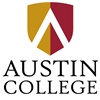Austin College is a well-known private liberal arts college in Texas, USA. The following is a detailed introduction to the school:
School Profile
Long history: Founded in 1849 by Dr. Daniel Baker, a Presbyterian missionary who graduated from Princeton University, it occupies an important position in the early history of Texas and is also a recognized leader in innovative projects in the field of higher education.
Excellent location: Located in Sherman, 60 miles north of Dallas, close to the Oklahoma State Highway, it is in the heart of the booming North Texas Technology Corridor.
Small scale: The campus area is about 70 acres, and the number of undergraduate admissions in the fall of 2022 is 1,169. The student body is diverse, with 50% males and 50% females, and minority students account for 25% of the total. 49%.
Teaching Features
Course Difficulty and Small Classes: The courses are difficult, but the number of students in the classroom is small. The professors care about the students very much and can provide personalized guidance and support for the students. The school's Learning Skills Center will also provide learning assistance for the students.
Liberal Arts Education and Major Selection: Focusing on liberal arts education, students need to learn a wide range of basic courses such as humanities, social sciences, and natural sciences to cultivate critical thinking, communication skills, and comprehensive literacy. The school offers more than 40 academic majors for students to choose from, including popular majors such as biology, business administration, history, political science, and psychology.
Practice and Project Learning: The school requires all students to complete a one-month January semester every year. During this period, students only need to study one course in depth, which can be done on or off campus. Through practical projects, internships, and experimental courses, students can develop the ability to solve practical problems in the learning process and improve their employment competitiveness.
Teaching Resources and Faculty
Rich Teaching Resources: The school has modern teaching facilities, including laboratories, computer rooms, libraries, etc., to provide students with good learning conditions. The library has a rich collection of books and provides online database and electronic journal query services.
Strong faculty: Most of the teachers are elites from related industries, with rich teaching experience and deep professional knowledge, and can provide students with high-quality teaching and guidance. The teacher-student ratio is 1:12, and 60% of the classes have fewer than 20 students. Through the mentor program, each freshman will be paired with a teacher who will serve as their academic advisor and teach an introductory communication/inquiry course.
Student Life
Clubs and Organizations: There are more than 70 student organizations, more than a dozen fraternities and sororities on campus. Students can also write for the school newspaper "AC Observer". They can participate according to their own interests and hobbies, enrich their extracurricular life, and expand their interpersonal relationships.
Excellent sports programs: The school's sports programs are also excellent, with championship teams and a wealth of sports events. Students can participate in them, exercise their bodies, and cultivate a spirit of teamwork. The school's athletic teams are members of the NCAA Division III Southern Collegiate Athletic Association, participating in about 10 sports.
Admission Requirements and Tuition
Admission Factors: Important factors include specialties, personal qualities/character, difficulty of high school courses, high school grades, etc.; secondary factors include extracurricular activities, high school rankings, SAT/TOEFL scores, letters of recommendation, application essays, etc.
Admission Data: The admission rate for 2024 is 55%, the SAT score range is 1130-1360, the ACT score range is 23-29, and the average high school GPA is 3.6.
Tuition and Aid: Tuition and fees for 2023-2024 are $46,025, and room and board are $12,915. The school offers a variety of financial aid methods, with an average need-based aid package of $39,533, and 74% of first-year students receive need-based financial aid. In addition, the school also offers non-need-based aid methods such as merit-based scholarships.
-

Harvard University
-
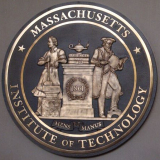
Massachusetts Institute of Technology
-
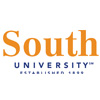
South University
-

University of West Georgia
-
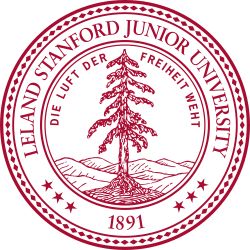
Stanford University
-
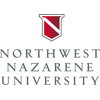
Northwest Nazarene University
-
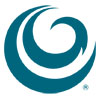
Hawaii Pacific University
-
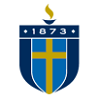
Shorter University
-

Nova Southeastern University
-
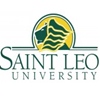
Saint Leo University
-

Mesoamerican University
-

Istmo University
-

Mariano Galvez University of Guatemala
-

Regional University of Guatemala
-

Galileo University
-

Francisco Marroquín University
-

Rafael Landívar University
-

University of the Valley of Guatemala
-

University of San Carlos of Guatemala
-

Technological Institute of Tlaxcala Plateau
-

Golfo University
-

Technological University of South Sonora
-

Technological University of Huejotzingo
-

Tizimín Institute of Technology
-

Chilpancingo Institute of Technology

